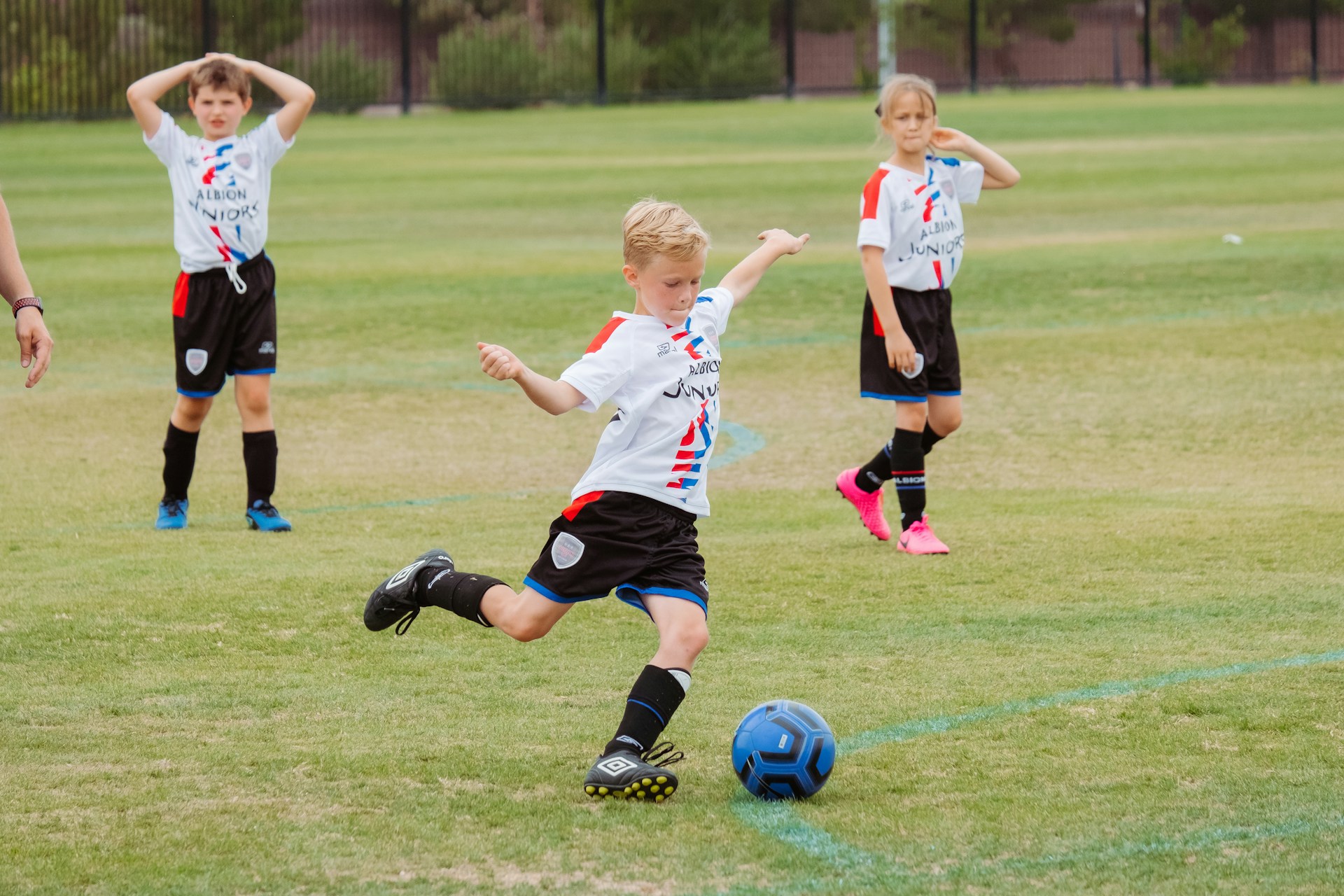Keep Your Child Protected During Football

Football is one of the most popular sports in America, and many children look forward to joining their local teams, learning new skills, and enjoying the thrill of the game. However, football is also a contact sport, which means that the risk of injury is always present. As a parent, your priority is to keep your child safe while they enjoy playing the sport they love. Fortunately, with the right precautions and protective gear, you can significantly reduce the chances of injury on the field.
Understanding the Risks
American football involves tackling, blocking, and fast movements, all of which can lead to injuries if not properly managed. Common injuries include concussions, broken bones, sprains, and dental injuries. While some injuries are unavoidable in any contact sport, many can be prevented or minimized with proper equipment and safety practices.
Essential Protective Gear
The foundation of football safety is quality protective gear. This includes a helmet designed specifically for football, shoulder pads, thigh and knee pads, and cleats for traction. Each piece of equipment serves a purpose in cushioning impacts and protecting vulnerable parts of the body.
One of the most critical and sometimes overlooked pieces of protective gear is the mouthguard. Dental injuries are common in football due to accidental collisions, and a good mouthguard can protect your child’s teeth, lips, and gums. More importantly, mouthguards have been shown to reduce the risk of concussions by absorbing and dispersing some of the forces from impacts. To ensure your child’s mouth is well protected, consider investing in high-quality football mouthguards that fit well and offer maximum protection. For a wide selection of reliable options, you can explore football mouthguards.
Proper Training and Technique
While equipment is vital, teaching your child proper technique is equally important. Coaches and parents should emphasize correct tackling and blocking methods that reduce injury risk. Proper body positioning and awareness on the field can prevent many common accidents.
Encourage your child to listen to their coaches and take breaks if they feel overly tired or in pain. Fatigue can lead to sloppy play and increase the chances of injury.
Hydration and Nutrition
Keeping your child hydrated and well-nourished is another key factor in injury prevention. Dehydration can cause cramps, dizziness, and fatigue, making injuries more likely. Encourage your child to drink water before, during, and after practice or games.
A balanced diet with adequate protein, carbohydrates, and vitamins supports muscle recovery and overall health, helping your child stay strong and resilient throughout the football season.
Regular Health Checks
Regular physical exams before the season starts can help identify any underlying health concerns that might put your child at risk during football activities. If your child has a history of concussions or other injuries, make sure to communicate this with coaches and healthcare providers.
During the season, monitor your child for signs of injury such as persistent headaches, dizziness, or unusual behavior changes, which could indicate a concussion or other serious issue.
Encouraging a Safe Playing Environment
Parents and coaches share the responsibility of creating a safe environment for young athletes. Ensuring that the playing field is well-maintained, free of hazards, and that games and practices are conducted with safety rules in place can prevent many accidents.
Moreover, fostering a culture where players respect each other and avoid reckless or dangerous behavior is vital to safety. Emphasize sportsmanship and teamwork as part of your child’s football experience.
Final Thoughts
Football can be a fantastic way for children to develop physical fitness, teamwork skills, and confidence. However, safety must always come first. By equipping your child with the right protective gear, teaching proper techniques, maintaining good health habits, and promoting a safe playing environment, you can help your child enjoy the game while staying protected from injuries. Taking these steps will give both you and your child peace of mind as they hit the field.






